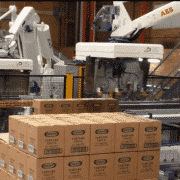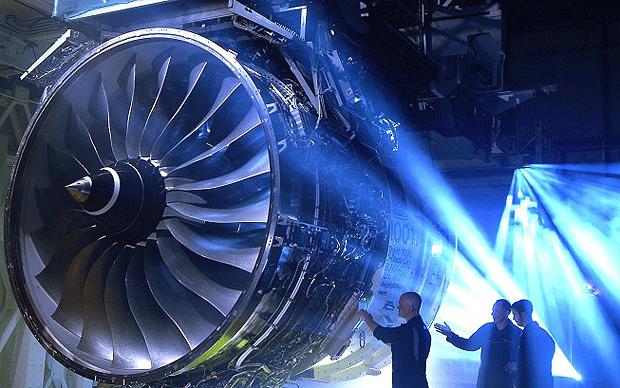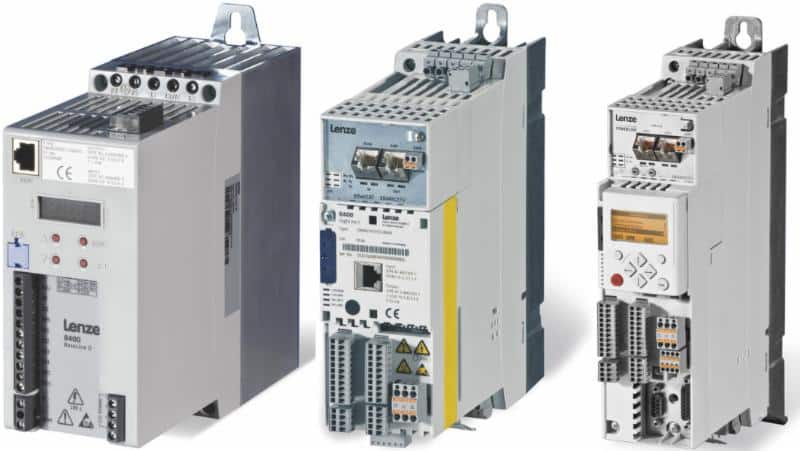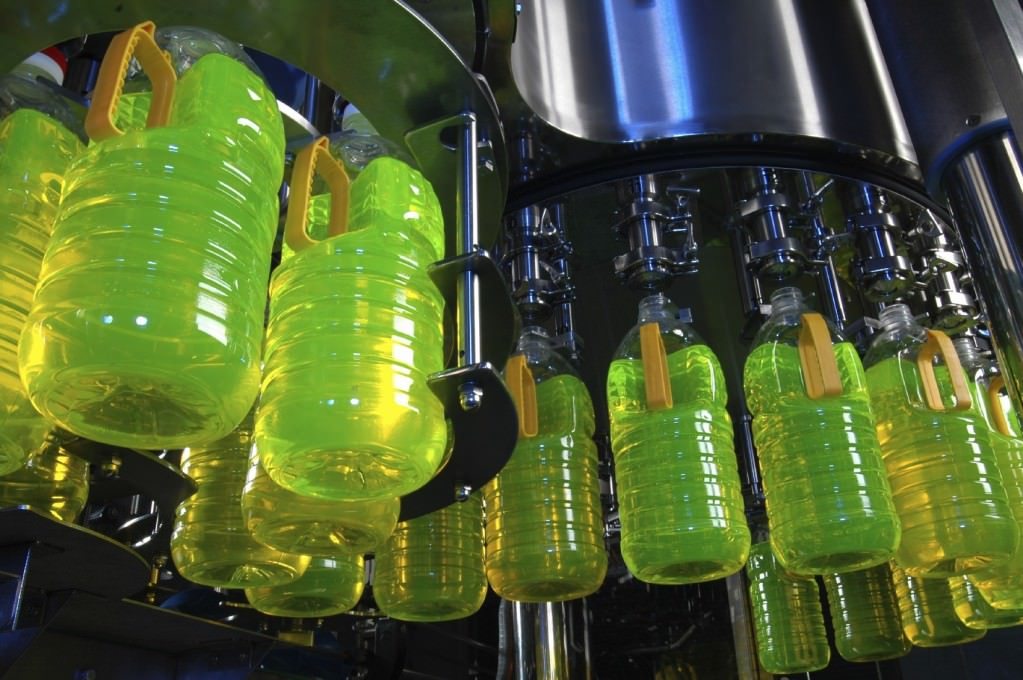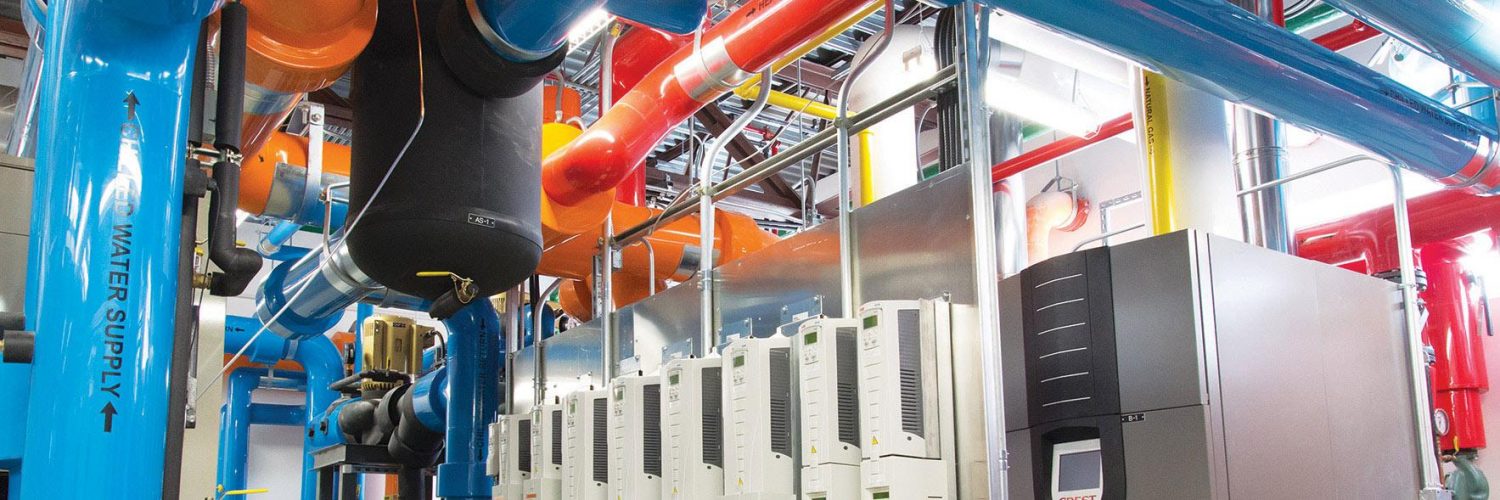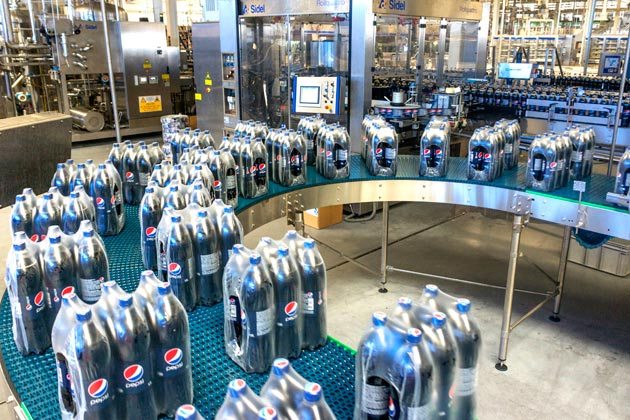ABB robotic automation ensures shorter product life cycles, new packaging designs, product variants and batch manufacturing. Compared to dedicated hard automation, robot lines are shorter and allow far better utilization of floor space. In addition to increased up-time and total throughput of production, fewer accidents and increasingly demanding workplace laws are compelling reasons to make the transition to ABB robotic automation. Robots are usually associated with handling repetitive tasks in a process either in high volume production roles or where flexible handling systems are needed for frequent changes. In the packaging industry, robots generally fall into three main areas:
- Pick and Place Applications (where products are packed into trays or secondary packages)
- Feed Placement (where products are prearranged on a conveyor to ease future packaging procedures)
- Palletizing (pallet loading and unloading)
PickingThis is an area in which ABB services a multitude of products, applications and packaging line set-ups. Frozen food, bakery and confectionery, ice cream, meat and fish, cheese, pet food, medical products, shampoo and perfume bottles are a few examples. The ABB IRB 360 is the first 2nd generation delta robot; The FlexPickerTM . The new robot family will initially see three models available. Stainless steel versions are available for wash down duties such as in meat and dairy handling applications. Apart from even greater performance, the new delta robot has a significantly increased payload of up to 3 kg opening up further application possibilities, especially at the end of line. For full 6-axis flexibility, less demanding cycle times and payloads of up to 5 kg, ABB recommends the IRB 140.PalletizingPlacing boxes, trays, bags, bottles or other items on a pallet seems easy enough. But, when youre dealing with the rigorous demands of multiple feeder lines, quick box-pattern changes and high up-time, nothing compares to ABB robotic automation. The ABB IRB 660 has the versatility, reach and handling capacity needed for most palletizing applications. For even greater payload requirements, ABB standard 6-axis robots are the largest and are built to handle as much as 1,433 lbs.The IRB 660 is a refinement of the well established, proven, ABB IRB 640 palletizer, with more than 1,800 installations worldwide. The new version of this robot blends speed, reach and payload like no other. Exceptionally fast, this 4-axis performer combines a 3.15 meter reach with a 250 kg payload, making it ideal for palletizing bags, boxes, crates, bottles and more. The new palletizer comes in two versions; a high throughput version designed for 250 kg and a high-speed version built to handle 180 kg payloads at full speed. The IRB 660 has the versatility, reach and handling capacity to meet the demands of just about any palletizing application. And its robust enough to perform steadily in the toughest environments.Tailor Made Robots For Demanding Packaging IndustriesABB robotic automation includes specialized robots for picking, packing and palletizing. In addition, ABB provides a wide range of standard 6-axis robots which allows customers to meet the demands of nearly all applications in the packaging industry. Whats more, ABBs unique packaging software, including vision technology and conveyor tracking, facilitates continuous production flows and packing on-the-fly. This allows for efficient handling of food and beverages, pharmaceuticals, cosmetics, electronics or personal care products.High Speed PackingThe ABB FlexPicker IRB 360 is a unique parallel-arm robot designed for the most exacting high-speed picking and packing applications. The new robot succeeds ABBs widely used FlexPickerTM IRB 340 system and is the result of 10 years experience and research and development combined with proven packaging technology. ABB has over 2000 delta robots installed globally and is the leader in this state of the art picking and packing technology. The newest version of the IRB 340 is called the FlexPickerTM IRB 360.Cost Efficient PackingThe 4-axis IRB 260 houses all the necessary features for placing items in boxes, tray handling and more. Optimized for packing applications this robot can work closely to its own base, allowing very compact packing cells and integration into tight packing machines. IRB 260features a 30 kg payload capacity and short cycle times to meet the packing industry requirements. Like all ABB robots, the IRB 260 is compatible with PickMaster, our dedicated software for packaging applications, including vision guidance and easy programming.Food Safety & PharmaceuticalABB builds robots to meet the most demanding work conditions as well as the highest hygiene standards. In addition, all ABB robots are IP67 certified, ensuring tightly sealed joints and connectors. The IRB 360, which is most likely to handle open food, is available in wash-down and stainless steel and is IP69K certified.The demands on quality validation and traceability are extremely high in pharmaceutical production. The absolute accuracy, repeatability and high up-time of ABB robots result in massive improvements over manual operation or dedicated production equipment. All ABB smaller robots are suited to primary packing and are verified for clean-room operation.To learn more about ABB Robotic Automation, visit the ABB Website. For ABB robot integration or replacement quotes, contact Precision Electric. Precision Electric can retrofit obsolete packaging machines / inefficient packaging systems with ABB Robotic Technology. We also offer servo drive repair and servo motor repair for All industrial robots.



